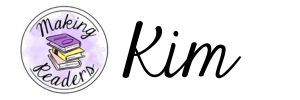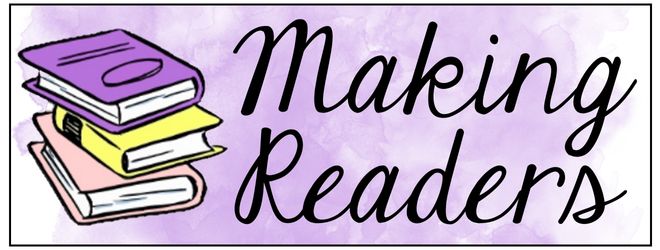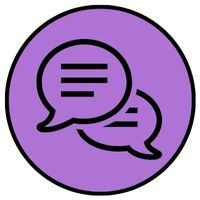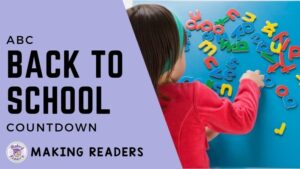Multi-syllabic…just that word alone feels overwhelming! This is because for beginning readers and students who struggle with reading, being able to decode multi-syllabic words is challenging. Very challenging! This is why I feel that this reading skill needs to be put on the back burner of reading instruction at first because there are two other strategies that need to be taught first. Otherwise, a child will not be well-equipped to be able to decode multi-syllabic words at all.
Decoding Multi-Syllabic Words is Easier When You Teach Syllable Types
There are two parts to this strategy that I am recommending in order for students to be significantly more successful at decoding multi-syllabic words. The first part is when students have been taught the six syllable types explicitly. According to the Shanahan on Literacy blog from March 21, 2021, “in studies that found syllabication instruction to improve word recognition and reading comprehension, students received only 2-9 hours of teaching (yeah, even 2 hours of syllable training was beneficial).”
I am going to speak honestly here, I’ve been a Reading Specialist for a long time and never took the time to teach the six syllable types until this school year (2023-2024). I was never taught the six syllable types in grad school or in my first year as a Reading Specialist. I was told that that was “old school methodology”. I dismissed it because I was a new teacher and naive. Then in the last year or so, I’ve really been analyzing my instruction because I was upset about the lack of progress my students were making. Good teachers always look at themselves first when students fail. Trust me, this is hard to do and very humbling! I have taught vowel teams, silent E rule, and CVC separately but never the remaining syllable types. I never went in the order of the six syllable types either. So this year, I wanted to give it a try and it is mind blowing to me how much stronger decoders my students are this year! So what are the six syllable types? Here they are in the order they should be taught:
1. Closed Syllables
2. Open Syllables
3. Vowel + Consonant + E (also known as the Silent E or Magic E rule) Syllables
4. R-Controlled Vowels Syllables
5. Vowel Teams and Diphthongs Syllables
6. Consonant + le Syllables
- There are so many great blogs that have been written to show you how to explicitly teach syllable types. Here are my two favorites:
VERY IMPORTANT!
After you have finished teaching student the six syllable types, don’t forget to teach students how to search for syllable types in any word they encounter and then model what to do to decode that word using their knowledge of the six syllable types!
Decoding Multi-Syllabic Words is Easier When You Teach Morphology
The second part of the strategy that I am recommending in order for students to be significantly more successful at decoding multi-syllabic words is teaching morphology. I hear the sighs and I know that feeling of dread but you want your students to be more successful decoders, right? This is another unit that will take some time to teach but I promise you, it will be time well-spent and well-wasted!
There are many fantastic blog posts that have been written to show you how to explicitly teach morphology. Here are two of my favorites:
Morphology 101 with Campbell Creates Readers
Morphology: What it is and Why It’s Important with Mrs. Richardson
Please leave me a comment below and let me know if you’ve tried this strategy with your struggling readers. Also if you have had success with teaching another strategy to decode multi-syllabic words. Thank you for taking the time to read this long post!












